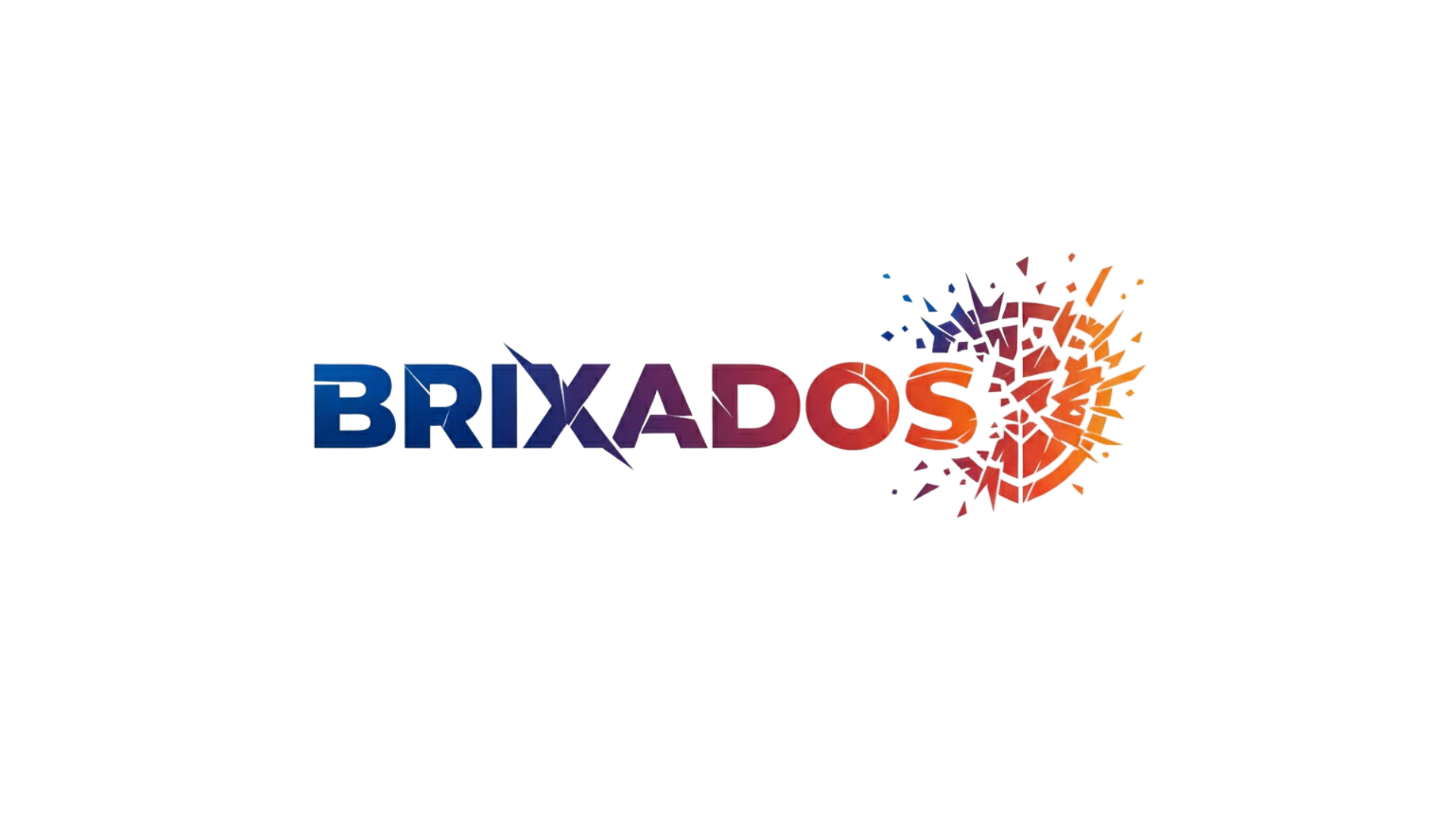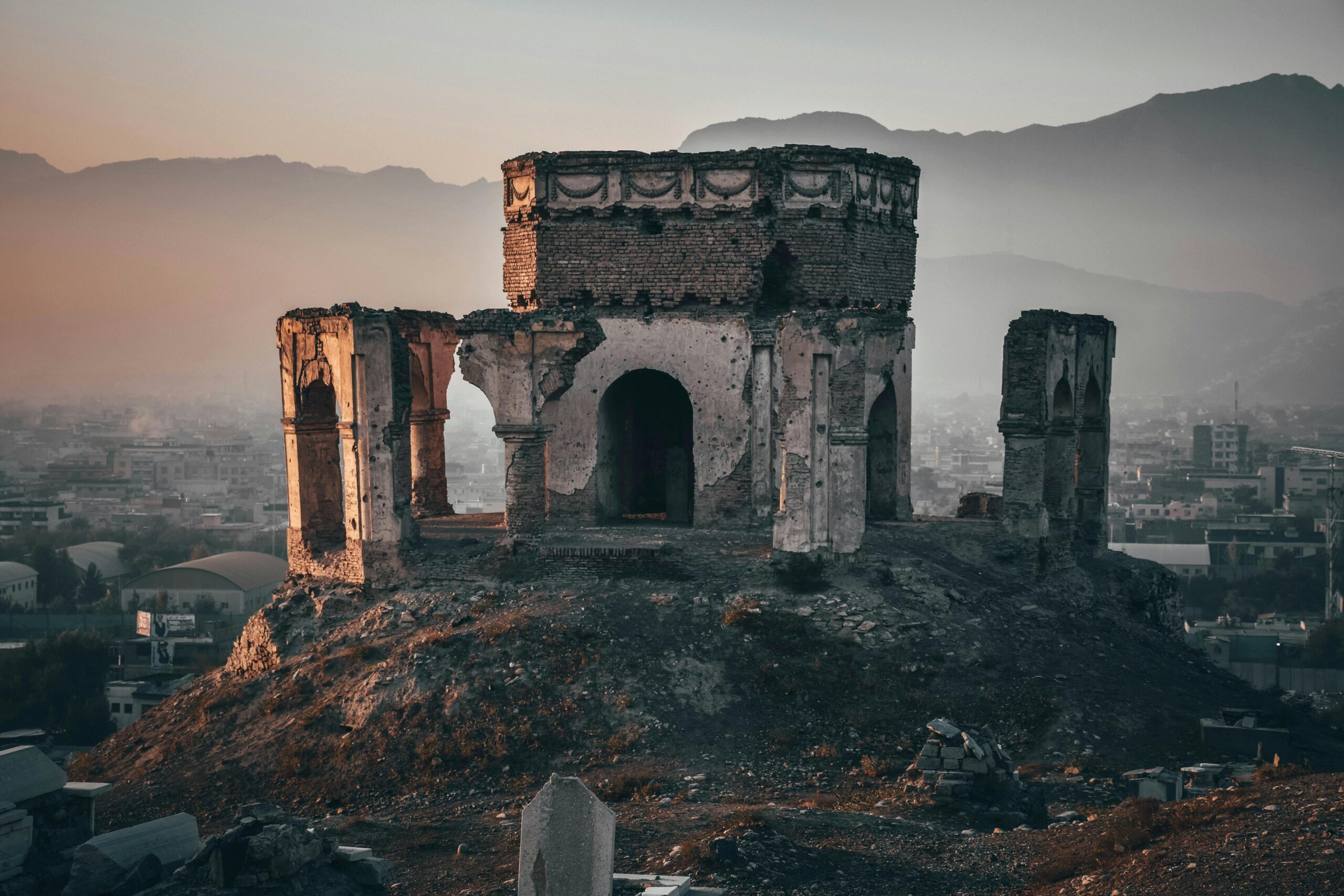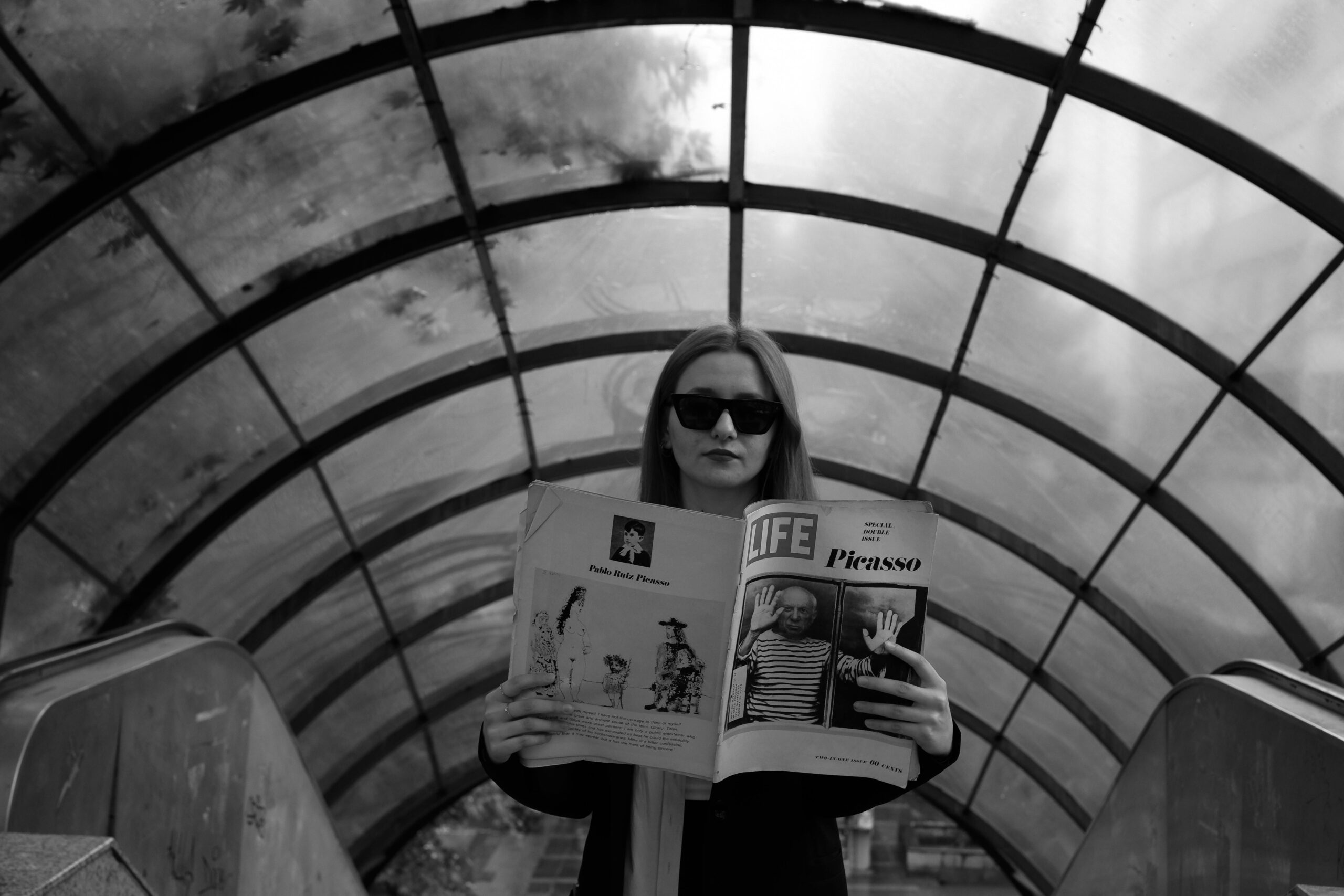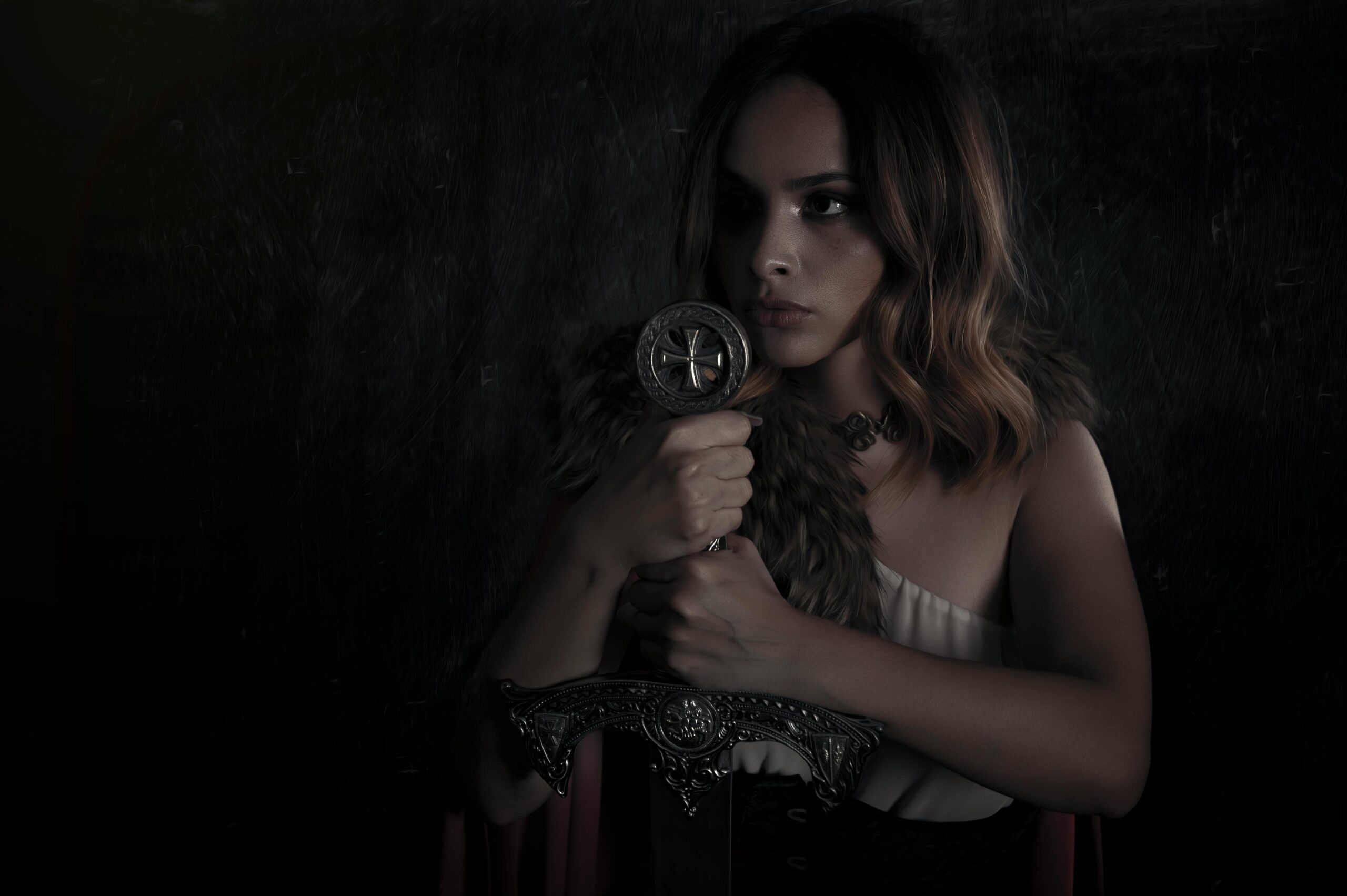Across continents and centuries, humanity has told remarkably similar stories. These universal myths reveal profound truths about our shared journey through existence.
🌍 The Threads That Bind All Human Stories
When anthropologists and mythologists began comparing stories from isolated cultures around the world, they discovered something extraordinary: the same narrative patterns emerged repeatedly. From the creation myths of ancient Mesopotamia to the hero tales of Indigenous Australian cultures, certain themes, characters, and plot structures appeared with stunning consistency. This wasn’t coincidence—it was evidence of something fundamental about human consciousness and development.
These universal myths aren’t merely entertaining tales passed down through generations. They represent humanity’s collective attempt to understand existential questions: Where do we come from? What is our purpose? How should we live? What happens after death? Every culture has grappled with these questions, and remarkably, they’ve arrived at similar narrative solutions.
The study of comparative mythology reveals that beneath surface differences in names, settings, and cultural details, human beings share a common psychological and spiritual landscape. These stories aren’t just reflections of individual cultures—they’re reflections of universal human development, mapping the journey from birth to death, from ignorance to wisdom, from chaos to order.
The Hero’s Journey: Our Collective Coming-of-Age Story 📖
Perhaps no mythological pattern is more universal than the hero’s journey. Identified and popularized by mythologist Joseph Campbell, this narrative structure appears in stories from every corner of the globe. Whether it’s Odysseus sailing home to Ithaca, the Buddha seeking enlightenment under the Bodhi tree, or a young African warrior undergoing initiation rites, the pattern remains consistent.
The hero’s journey begins with a call to adventure—a disruption of ordinary life that demands action. The protagonist initially refuses this call, clinging to the familiar and comfortable. Eventually, through circumstance or courage, they cross the threshold into the unknown world. There, they face trials, meet allies and enemies, confront their deepest fears, and ultimately achieve transformation.
This pattern resonates because it mirrors human psychological development. Childhood is our ordinary world; adolescence is the call to adventure. We resist growing up, then reluctantly enter adulthood’s challenges. We face trials, discover our capabilities, and ideally, return to our communities transformed and ready to contribute wisdom gained through experience.
Why the Hero’s Journey Matters Today
Modern storytelling continues to rely on this ancient structure because it works. From Star Wars to The Matrix, from Harry Potter to The Hunger Games, contemporary narratives tap into this universal pattern. These stories succeed not because they’re original, but precisely because they’re archetypal—they connect with something deep in human psychology that transcends culture and time.
Understanding this pattern helps us recognize our own lives as heroic journeys. Every challenge becomes a threshold, every setback a trial, every achievement a boon we bring back to our community. This perspective transforms mundane existence into meaningful adventure.
Creation Myths: How Order Emerges From Chaos 🌌
Every culture has a creation story, and while the details vary wildly, the underlying structure remains remarkably similar. Most creation myths begin with primordial chaos—formless void, endless ocean, or cosmic egg. From this chaos, order emerges through divine action, cosmic conflict, or natural process.
The Babylonian Enuma Elish describes how the god Marduk defeated the chaos monster Tiamat and created the world from her body. Norse mythology tells of the void Ginnungagap from which the worlds were formed. The Biblical Genesis describes God bringing form from the formless deep. Chinese mythology speaks of Pangu emerging from the cosmic egg to separate heaven and earth.
These stories aren’t primitive attempts at science—they’re sophisticated metaphors for psychological and social development. The chaos represents unconsciousness, infancy, and potential. The process of creation represents the development of consciousness, the establishment of boundaries and categories, and the emergence of meaning from meaninglessness.
The Psychological Truth of Creation Stories
Each human life recapitulates this pattern. Infants exist in a state of undifferentiated chaos, unable to distinguish self from world. Through development, they create order—learning language, establishing categories, developing personality. Societies undergo the same process, moving from disorder toward structured civilization. Creation myths encode this universal process of development.
These stories also address a fundamental human need: understanding our origins provides identity and purpose. When we know where we came from, we better understand who we are and where we’re going. This is as true for individuals discovering their family history as it is for cultures maintaining their creation narratives.
The Great Flood: Destruction and Renewal 🌊
Flood myths appear in hundreds of cultures worldwide, from the Biblical Noah’s Ark to the Mesopotamian Epic of Gilgamesh, from Hindu texts describing Manu’s survival to Indigenous Australian Dreamtime stories. The core narrative remains consistent: humanity becomes corrupt or chaotic, divine forces send a catastrophic flood, a select few survive, and the world begins anew.
Some scholars suggest these myths preserve memories of actual ancient floods. While this may partially explain some regional similarities, it doesn’t account for flood myths in areas with no geological evidence of catastrophic flooding. The universality suggests something deeper—a psychological rather than purely historical phenomenon.
The flood represents necessary destruction that precedes renewal. Psychologically, it symbolizes the periodic need to wipe the slate clean, to destroy outdated structures and begin again. Every individual experiences this in life transitions—adolescence destroys childhood, marriage transforms singlehood, parenthood obliterates previous identity. These transitions feel catastrophic, yet they enable growth.
Cleansing Waters and Fresh Starts
Water itself carries deep symbolic meaning across cultures. It cleanses, purifies, and enables rebirth. Baptism, ritual bathing, and water-based purification ceremonies appear in virtually every religious tradition. The flood myth takes this purification to cosmic scale, suggesting that even entire civilizations periodically require cleansing and renewal.
Modern society resonates with this archetype through narratives of apocalypse and post-apocalyptic renewal. From climate change concerns to pandemic fears, we collectively imagine world-ending scenarios followed by rebuilding. These aren’t merely anxiety-driven fantasies—they’re contemporary expressions of the ancient flood myth, reflecting our intuition that current structures may need to collapse before better ones emerge.
🌳 The World Tree: Connecting All Realms of Existence
The image of a cosmic tree connecting different realms of reality appears across diverse mythologies. The Norse Yggdrasil connects nine worlds. The Mayan ceiba tree links the underworld, earth, and heavens. Hindu and Buddhist traditions describe the cosmic Ashvattha tree. Siberian shamanic traditions feature the World Tree as the axis of the universe.
This symbol represents the interconnection of all existence. The roots reach into the underworld or unconscious, the trunk exists in the middle world of ordinary reality, and the branches extend into heaven or higher consciousness. It’s a map of psychological wholeness and spiritual development.
The World Tree also symbolizes life itself—growing, connecting, sheltering, and producing fruit. It represents stability amid change, vertical aspiration balanced with horizontal extension. For agricultural societies, trees provided food, shelter, and tools, making them natural symbols for life-sustaining structures.
Trickster Figures: Chaos Within Order 🎭
Every mythology includes trickster figures—beings who disrupt order, violate boundaries, and create change through mischief or cunning. Loki in Norse mythology, Anansi in West African tales, Coyote in Native American stories, Hermes in Greek mythology, and countless others play similar roles across cultures.
Tricksters are neither purely good nor evil. They’re amoral agents of change who expose hypocrisy, challenge authority, and reveal hidden truths through deception and rule-breaking. They represent the chaos that prevents order from becoming rigid and lifeless. Without tricksters, mythological worlds—and by extension, real societies—would stagnate.
Psychologically, the trickster represents the shadow self—the parts of our personality that don’t fit social expectations. These aspects can be destructive, but they’re also sources of creativity, humor, and necessary change. Healthy psychological development requires integrating rather than repressing these trickster energies.
The Necessity of Creative Destruction
Trickster myths teach that disruption serves important functions. Innovation requires breaking rules. Progress demands questioning authority. Evolution needs mutation. The trickster embodies this principle, reminding us that too much order becomes oppression, and chaos has creative potential.
Modern culture maintains trickster energy through comedy, satire, and countercultural movements. Comedians who challenge taboos, artists who violate conventions, and protesters who disrupt the status quo all channel the ancient trickster archetype, performing the same cultural function their mythological predecessors served.
Death and Rebirth: The Central Mystery 💀✨
Perhaps the most universal mythological theme is death and rebirth. From Osiris in Egyptian mythology to Jesus in Christianity, from Persephone’s seasonal journey to the underworld to the Phoenix rising from ashes, cultures everywhere tell stories of dying and returning transformed.
These myths address humanity’s most profound anxiety: mortality. By presenting death not as ending but as transformation—a necessary stage in a larger cycle—these stories provide psychological comfort and philosophical framework. Death becomes meaningful rather than merely tragic.
The death-rebirth pattern also describes psychological transformation. The ego must “die” for maturity to emerge. Old identities must dissolve for new ones to form. Initiation rituals across cultures symbolically enact death and rebirth, marking transitions from childhood to adulthood, unmarried to married, or ordinary person to spiritual leader.
Seasonal Cycles and Eternal Return
Agricultural societies especially resonated with death-rebirth cycles, as they witnessed them annually in nature. Seeds buried in earth appeared to die before sprouting into new life. Winter killed vegetation that returned in spring. These natural cycles became templates for understanding human existence and cosmic processes.
Modern secular culture struggles without robust death-rebirth narratives. Our discomfort with mortality and resistance to viewing life as cyclical rather than linear creates psychological difficulties. Ancient myths offer wisdom here—accepting death as part of life’s pattern, seeing endings as necessary for beginnings, understanding that transformation requires sacrifice.
🔥 The Quest for Fire: Stealing Divine Knowledge
Myths about obtaining fire appear worldwide, usually involving theft from divine beings. Prometheus steals fire from Zeus in Greek mythology. Maui steals fire from the underworld in Polynesian tales. Raven steals the sun in Pacific Northwest Indigenous stories. This pattern reflects humanity’s self-understanding as creatures who transcended animal nature through knowledge and technology.
Fire represents consciousness, technology, and the knowledge that separates humans from other animals. Obtaining it through theft suggests ambivalence about human advancement—is our consciousness a blessing or curse? Did we acquire capabilities we weren’t meant to have? These myths explore the psychological cost of self-awareness and technological power.
The punishment that often follows fire-theft reflects this ambivalence. Prometheus is eternally tortured for his gift to humanity. This pattern appears across cultures, suggesting universal recognition that knowledge and power come with responsibility and suffering. Consciousness grants us capabilities but also burdens us with awareness of mortality, moral choice, and existential meaning.
Twins and Dualities: Balancing Opposing Forces ⚖️
Twin figures representing complementary opposites appear throughout world mythology. Romulus and Remus, Castor and Pollux, and countless other paired beings embody fundamental dualities: light and dark, order and chaos, civilization and wilderness, conscious and unconscious.
These myths acknowledge that existence consists of opposing forces that must be balanced rather than resolved. Life includes joy and suffering, creation and destruction, growth and decay. Psychologically healthy individuals integrate these polarities rather than identifying exclusively with one pole.
Many twin myths involve conflict between the brothers, with one killing or banishing the other. This represents the human tendency to reject shadow aspects rather than integrating them—a pattern that creates psychological and social problems. The wisdom of twin myths lies in recognizing both figures as necessary, even when they’re antagonistic.
Bringing Ancient Wisdom Into Modern Life 🌟
Understanding universal myths isn’t merely academic—it offers practical benefits for contemporary life. Recognizing archetypal patterns helps us interpret our own experiences, understand others, and navigate life transitions with greater wisdom.
When facing challenges, viewing them as hero’s journey trials provides perspective and courage. When experiencing loss, death-rebirth narratives offer hope. When feeling chaotic, creation myths remind us that order emerges from chaos. When too comfortable, trickster energy suggests necessary disruption. These ancient patterns remain relevant because they map enduring features of human experience.
Mythology also provides cultural literacy that enhances appreciation of art, literature, and film. Recognizing mythological patterns enriches engagement with stories, revealing deeper meanings and connections across time and culture. This literacy fosters empathy and understanding across cultural boundaries, revealing our shared humanity beneath surface differences.
Finding Your Own Mythological Journey
Personal development benefits from mythological awareness. Journaling about life experiences through mythological lenses reveals patterns and meanings otherwise invisible. Asking which archetypal journey you’re currently experiencing, which mythological figure you resonate with, or what symbolic death-rebirth you’re undergoing can provide clarity during confusing times.
Communities also benefit from reconnecting with mythological wisdom. Modern society often feels fragmented and meaningless partly because we’ve lost shared narratives that provide collective identity and purpose. Rediscovering universal myths doesn’t mean returning to pre-modern worldviews, but rather recognizing enduring psychological truths that transcend particular cultural expressions.

The Living Myths That Shape Tomorrow 🚀
Universal myths aren’t static relics—they’re living patterns that continue evolving. Contemporary storytelling constantly reinterprets ancient archetypes for new contexts. Superhero narratives are hero’s journeys. Environmental concerns resurrect flood myths. Space exploration reimagines creation stories. Artificial intelligence raises Prometheus-like questions about knowledge and consequences.
Understanding this continuity helps us consciously participate in myth-making rather than unconsciously repeating patterns. We can ask: What stories are we telling ourselves? What do they reveal about our values and fears? Are these narratives serving human flourishing or constraining it? Conscious engagement with mythology empowers us to shape cultural narratives rather than being passively shaped by them.
The shared stories of human development revealed through universal myths demonstrate that beneath cultural diversity lies fundamental unity. We all face similar challenges, ask similar questions, and find similar narrative patterns meaningful. This recognition can foster compassion, reduce conflict, and remind us that we’re all participants in the same great human story—one that began in ancient caves and continues into an uncertain but shared future.
These timeless narratives connect us with countless generations who grappled with the same existential mysteries we face today. They remind us that our struggles are neither unique nor meaningless, but rather parts of patterns as old as consciousness itself. In understanding these universal myths, we discover not just humanity’s past, but also pathways for navigating our present and imagining our future.
Toni Santos is a myth-psychology researcher and narrative writer exploring how archetypes, symbols and human story converge to shape mind, culture and meaning. Through his studies on the collective unconscious, comparative mythology and symbolic dream interpretation, Toni examines how the myths we tell reflect the patterns we live — and how awareness of these patterns can spark transformation. Passionate about hero’s journeys, mythic motifs and dream-language, Toni focuses on how story acts as both mirror and map for inner depth and growth. His work highlights the bridges between myth, psyche and culture — guiding readers toward a deeper encounter with themselves and the stories they carry. Blending psychology, mythology and narrative theory, Toni writes about the hidden architecture of meaning — helping readers understand how symbols, stories and dreams shape experience and identity. His work is a tribute to: The power of myth to reveal the unseen structures of psyche The journey from archetype to individual lived story The art of dream-language as a path to wholeness Whether you are a storyteller, psychologist or traveller in the inner landscape, Toni Santos invites you to explore the mythic dimension of mind — one symbol, one myth, one insight at a time.




